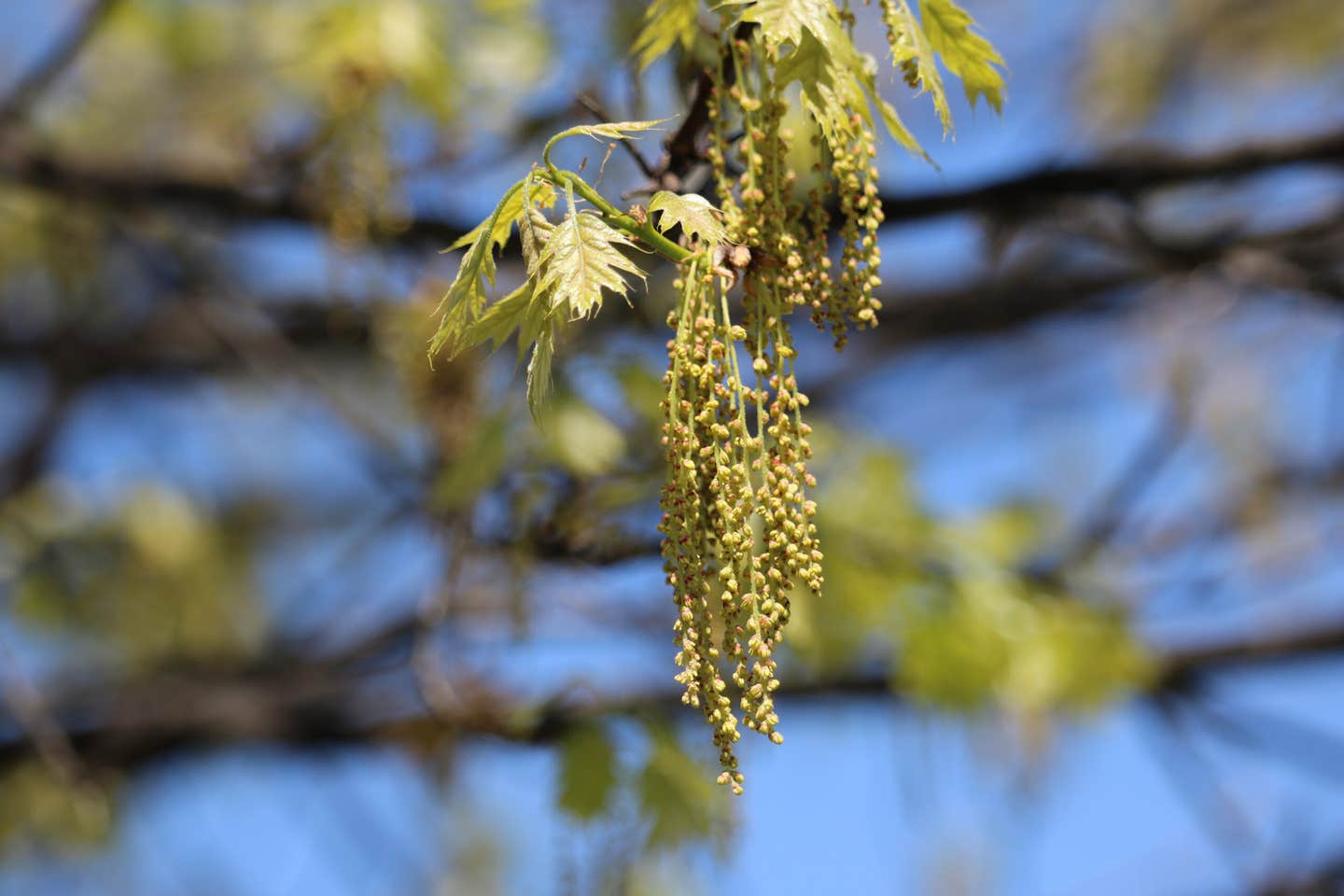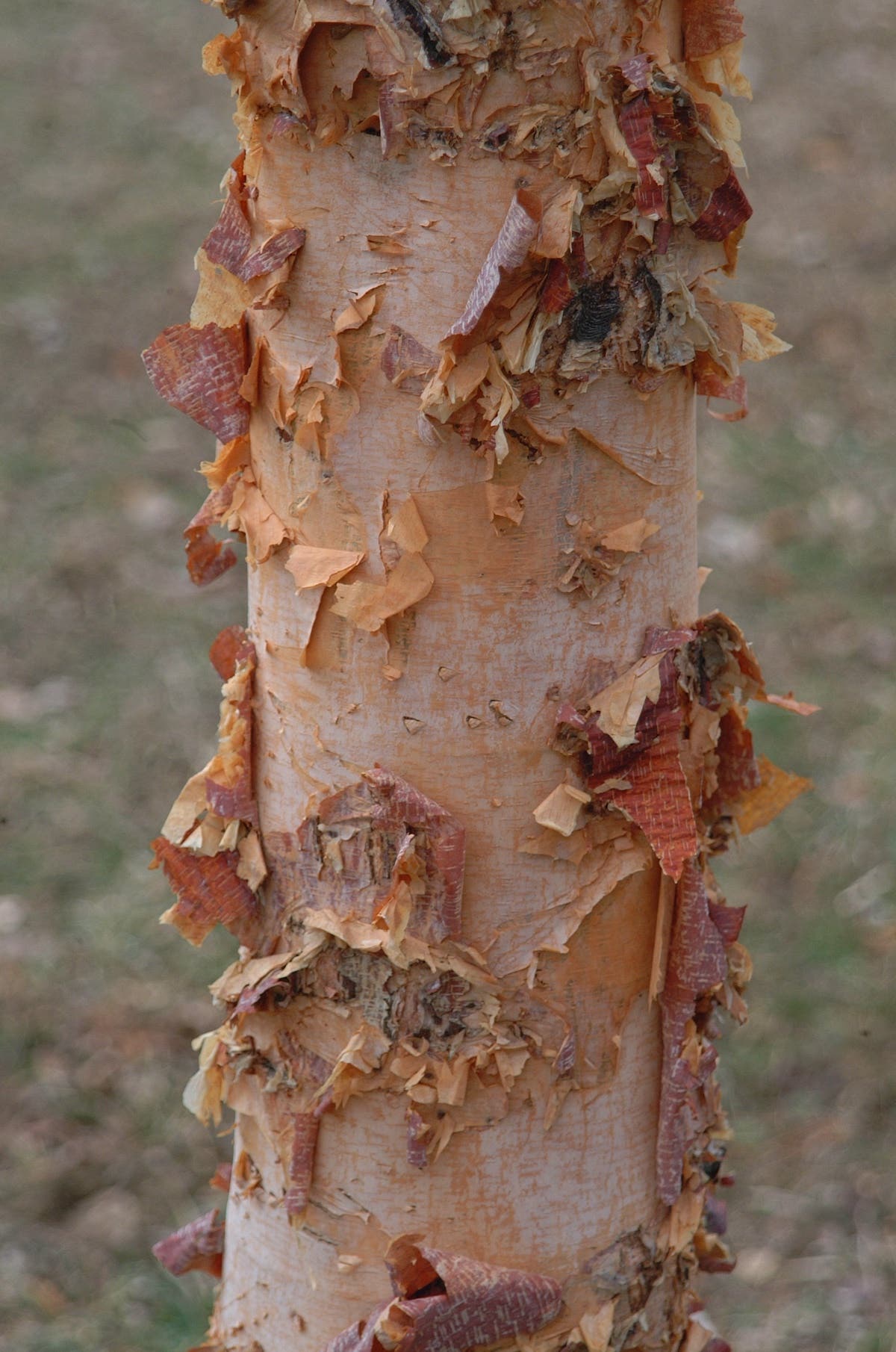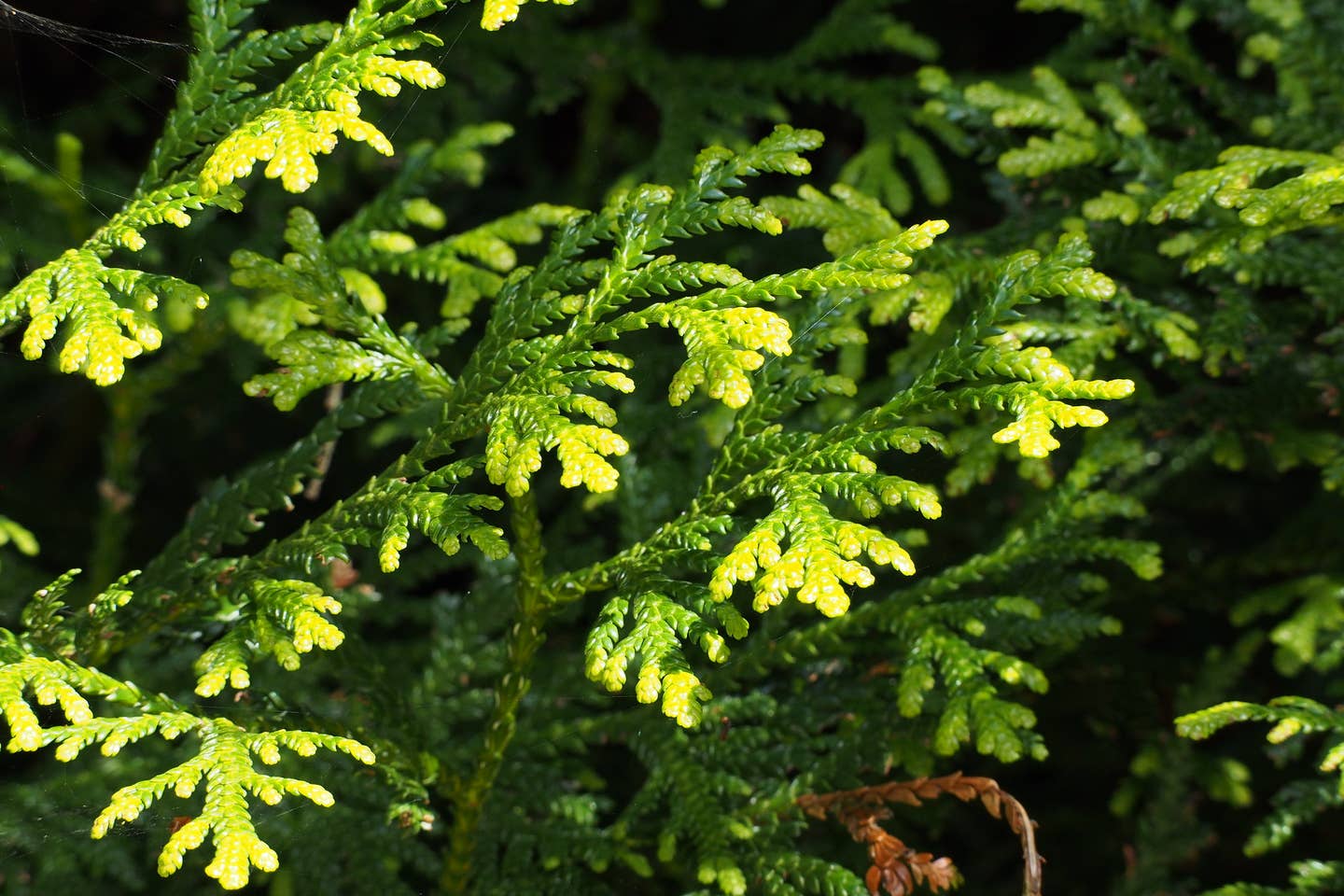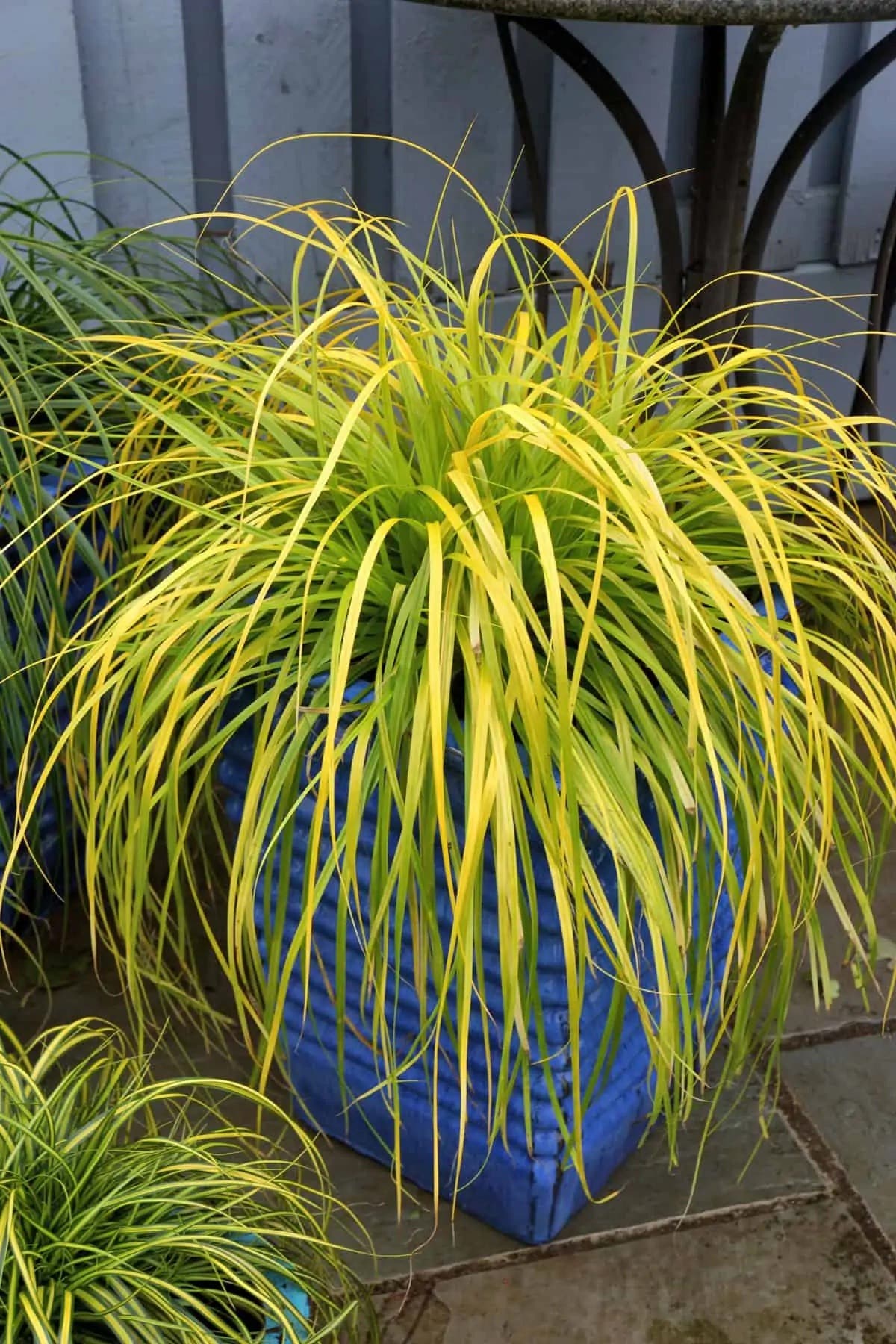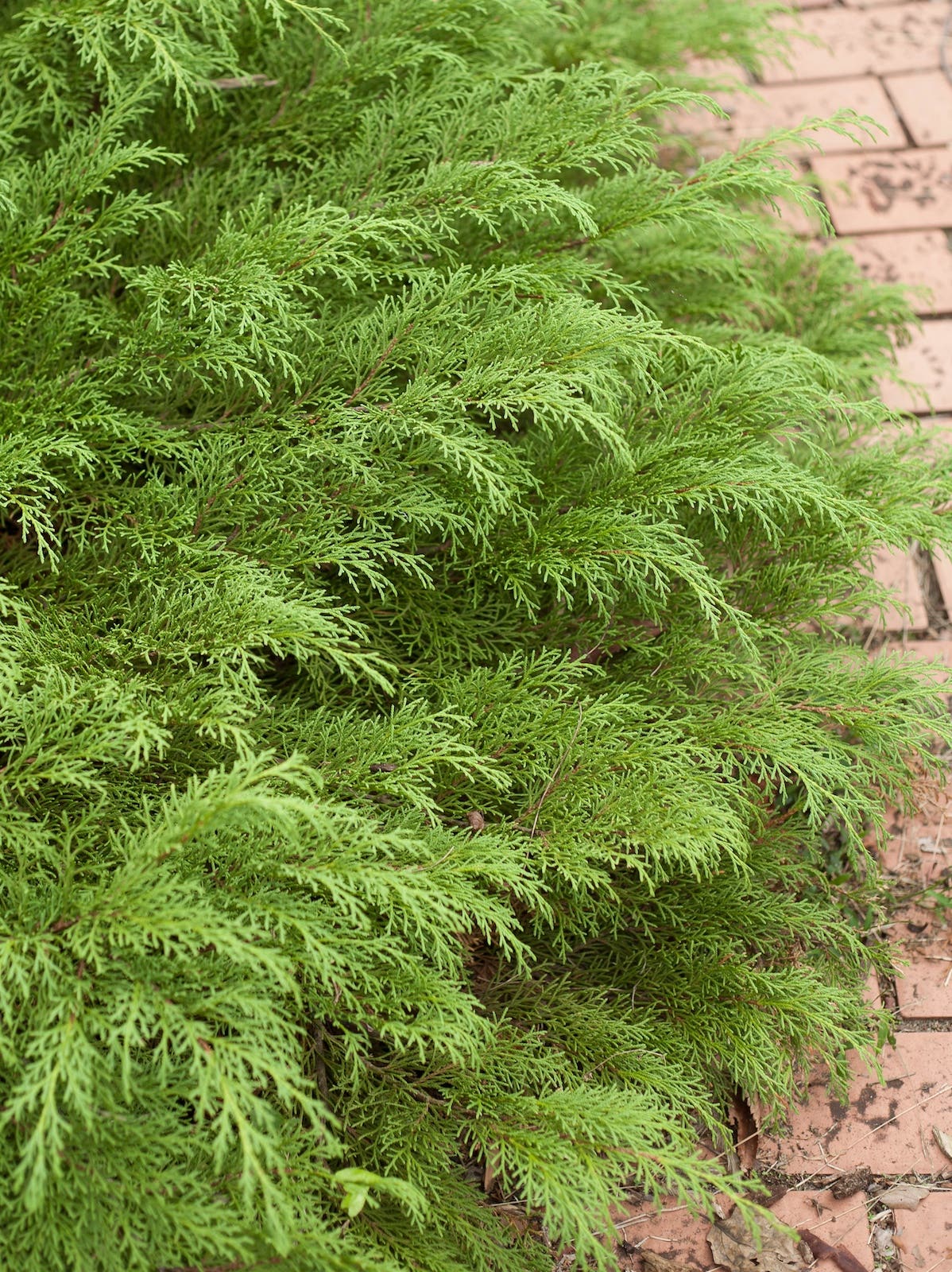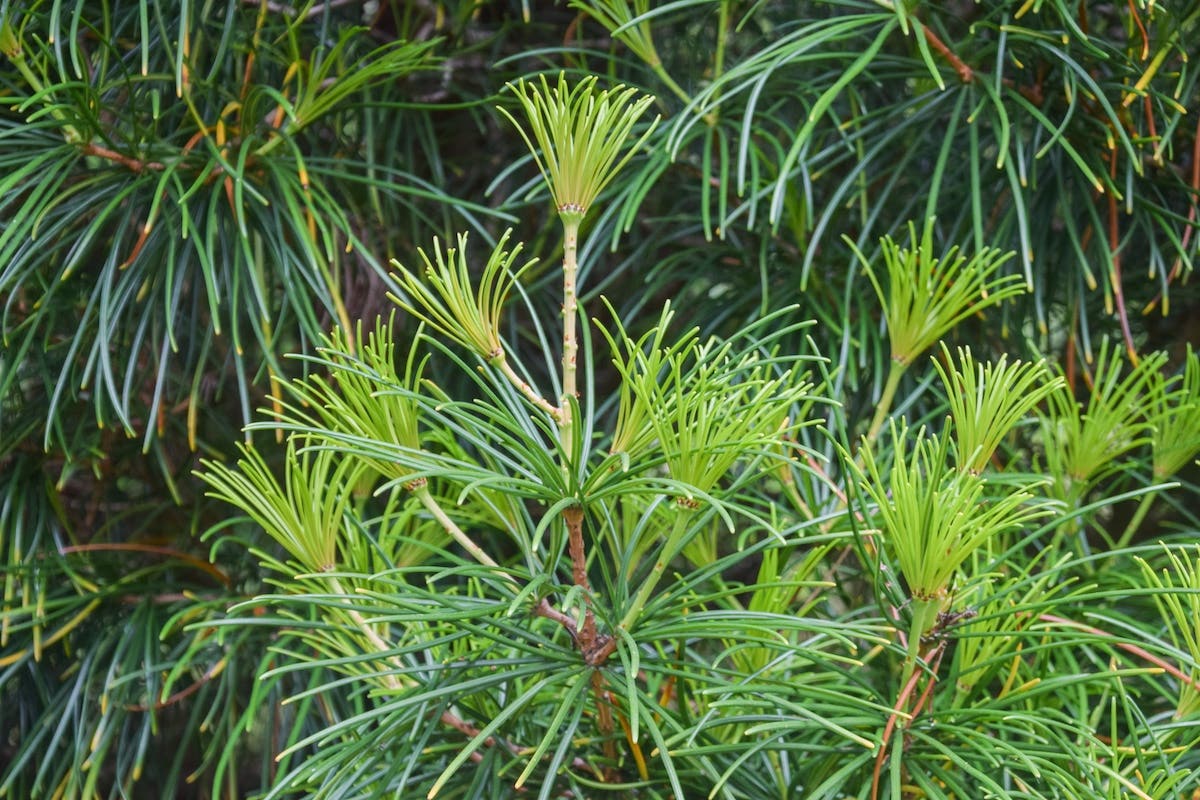Kale
In late summer, my neighbor, who has been growing vegetables since the 1930s, cranks up his tiller to make room for fall crops, including a couple of good long rows of kale. Kale is one of the essential winter vegetables, as pretty as it is delicious, and not hard to grow…
In late summer, my neighbor, who has been growing vegetables since the 1930s, cranks up his tiller to make room for fall crops, including a couple of good long rows of kale. Kale is one of the essential winter vegetables, as pretty as it is delicious, and not hard to grow. In the mid-Atlantic, my neighbor and I can pick kale from Thanksgiving through the first of May.
Kale prefers loamy soil, full sun, and cool weather. Sow seeds in late summer or early fall, about two months before frost, for a harvest beginning about a month and a half after sowing. You can also sow kale seeds in early spring for a short spring harvest. Even if you only have a few square feet you can grow a nice little crop.
My neighbor pulls a 4-tine cultivator right through his 30-foot rows when the plants are still small. It is harsh discipline, but it has to be done; plants spaced 12 inches apart grow larger and are easier to weed around and harvest. Do this when the plants are three or four inches tall, which is also a good time to apply a balanced fertilizer or fish emulsion. Harvest kale by simply picking a few leaves from each plant. Pick the outside leaves first.
Everyone says kale tastes better in winter, after it has been through a frost, but local research, carried out a few times a week, indicates that kale tastes delicious on both sides of a cold front. When he was a child, my neighbor ate cooked kale with beet tops and turnip greens. Lately, he mixes it with collards.


